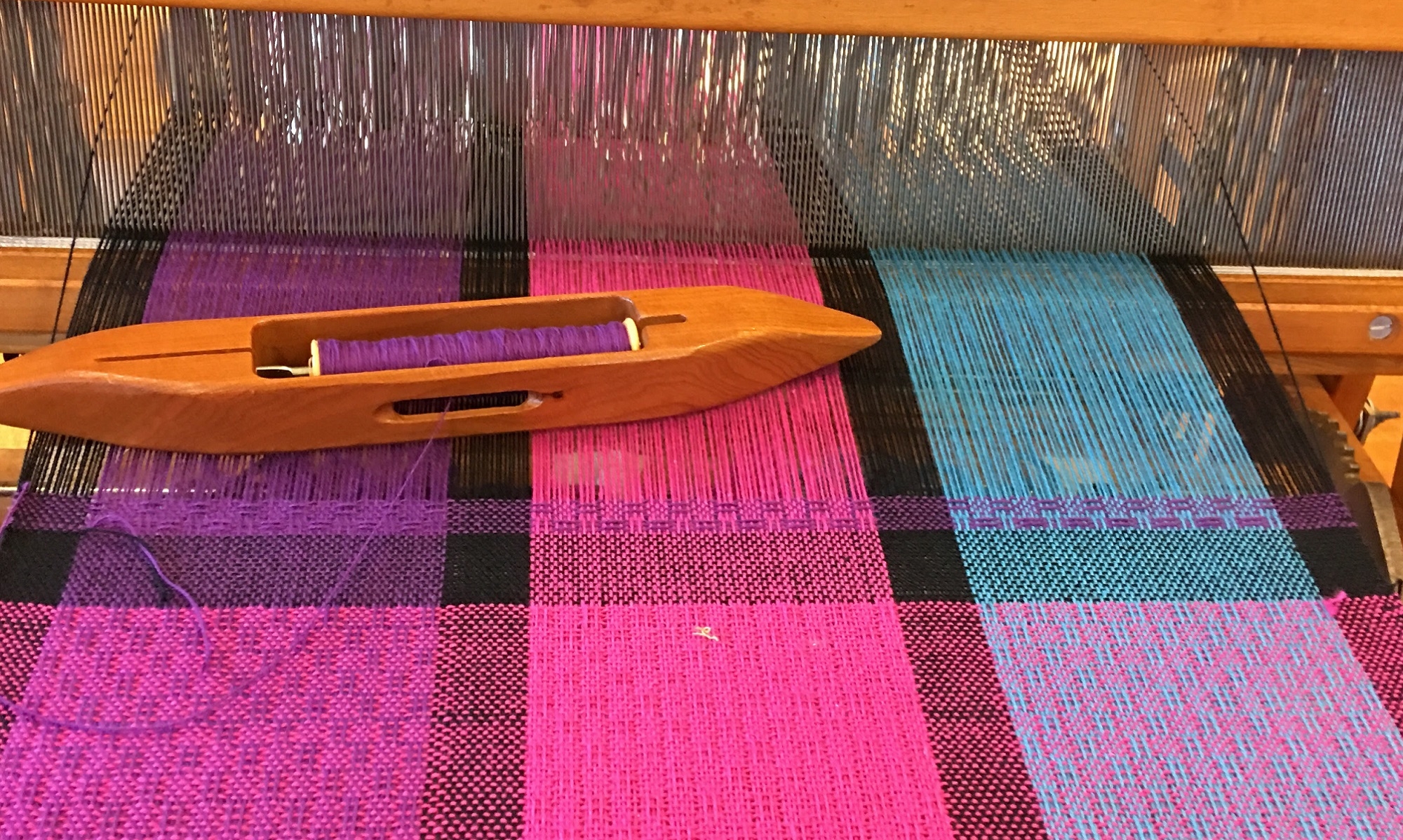Mistakes are a part of knitting. You are, after all, making thousands of stitches for even small projects–there are at least 6,000 stitches in one adult sized sock and quite possibly more depending on your gauge and the size of the foot. I don’t know anyone who is perfect enough not to make a mistake over that many stitches. Some mistakes can be left in if they don’t affect the wear-ability or the stability of the structure of the finished object. Other times mistakes must be fixed, occasionally that includes ripping out and restarting, especially if the garment is not going to fit (gauge matters). Most of the time, if I find a mistake in my work, I fix it, even if it is only a small cosmetic problem. I will ruthlessly rip out just as I did in the sock in the previous post, when there is no other way to fix what is wrong. Dropped stitches can be picked up, missed decreases/increases can be fixed even a few rows later without to much fuss and even mistakes in cables and lace can be fixed many rows later. There is no harm in trying, the worst that can happen is that you mess up the fix and have to rip out part, or all and start over.
Here is a picture of a fix in process on a baby blanket I knit a few years ago. I don’t remember the exact problem, but it was probably a misplaced yarn over or k2tog that I didn’t notice until I was about 6 rows past. I knit over to the section of stitches where the error was, dropped down the 11 stitches in that repeat of the pattern to the row where I needed to make the correction, picked them up on a needle and then reknit each row of the repeat using the strands behind. It’s easier to do something like this using needles a size smaller that what you were knitting the project with and a circular needle or dpn so that you can do all the work on the right side by sliding the needles back and forth.
Want to see another?
This one was a problem in a feather and fan lace patterned blanket called the Hemlock Ring. You can see the chart laying behind the project. I had to drop about 40 stitches down 10 or 12 rows to fix this one. It was actually a bit fun to do. (I’m not sure what that says about me though). Next time, we will talk about taking a scissors to the knitting in order to fix it.


